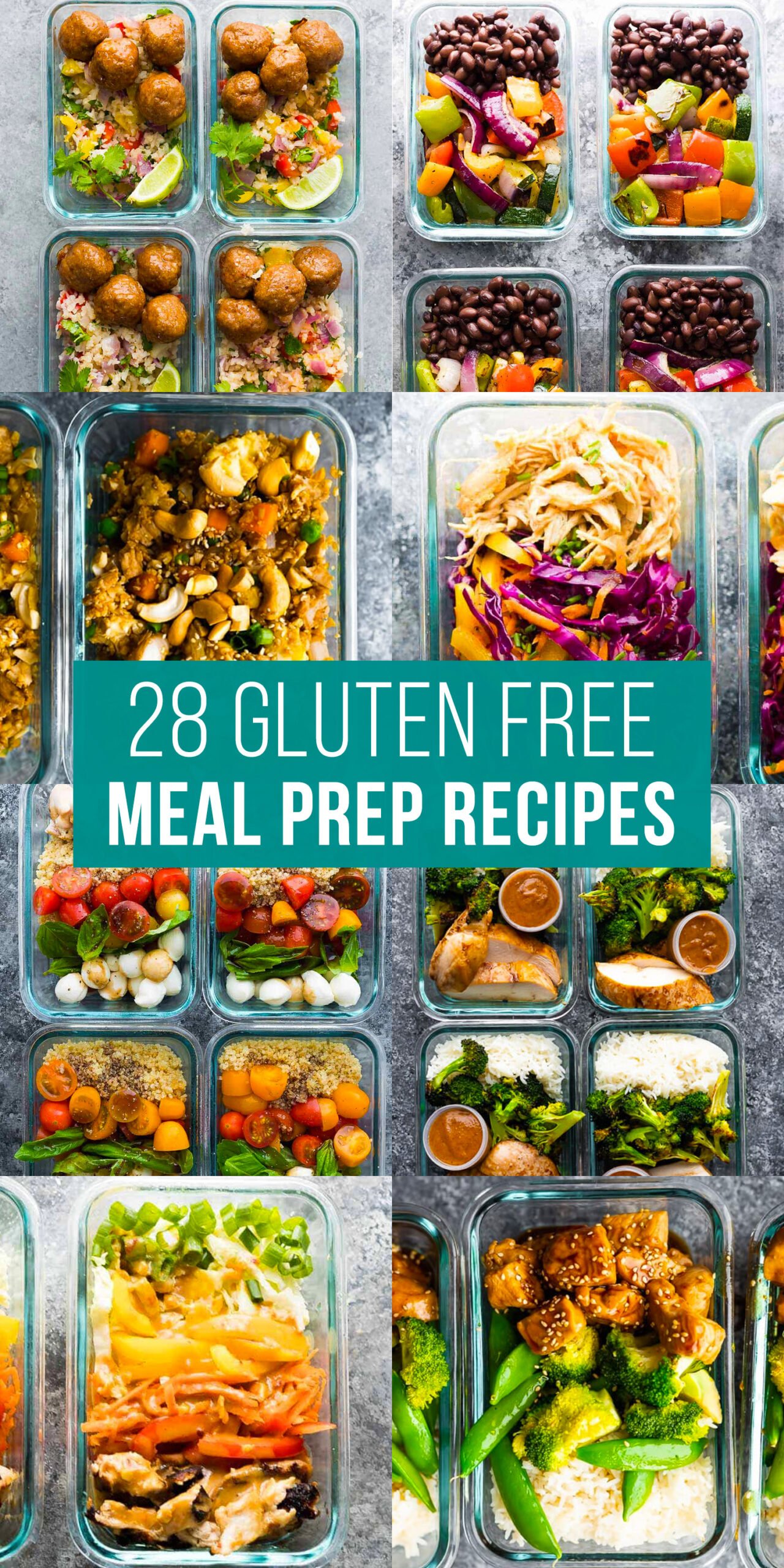Starting a gluten-free diet plan for beginners may seem challenging, but it becomes simple when you know what foods to choose and avoid. Gluten is a protein found in wheat, barley, and rye, and cutting it out supports people with celiac disease, gluten intolerance, or those seeking better digestion. With smart choices like quinoa, brown rice, fruits, vegetables, lean meats, legumes, and gluten-free bread, you can build balanced meals. Eating this way reduces bloating, improves gut health, and keeps energy steady. A gluten-free lifestyle is not about restriction—it is about choosing foods that fuel your body with clarity and strength.

Why Choose a Gluten-Free Diet?
People often switch to a gluten-free lifestyle to relieve digestive issues, improve nutrient absorption, or reduce fatigue. For those with celiac disease, avoiding gluten is essential to prevent long-term health damage. Even without medical conditions, many find that gluten-free eating supports mental clarity, reduces inflammation, and helps with steady weight management. The diet focuses on natural foods like fresh produce, legumes, lean proteins, and whole grains without gluten. This is not a fad but a conscious decision to listen to your body and give it food that supports well-being every day.
Key Foods to Include in a Gluten-Free Diet
1. Naturally Gluten-Free Grains
Grains like quinoa, brown rice, buckwheat, and millet form the base of a gluten-free plate. They give energy, fiber, and important minerals. These grains are versatile—you can make porridge, salads, or warm side dishes. Unlike processed gluten-free snacks, whole grains keep you full longer and improve digestion.

2. Fruits and Vegetables
All fruits and vegetables are naturally gluten-free. They provide vitamins, antioxidants, and hydration. A colorful plate with berries, leafy greens, and root vegetables boosts immunity and adds variety. These foods are light, refreshing, and easy to mix into any meal plan.
3. Protein Sources
Lean meats, eggs, beans, and legumes are excellent protein sources without gluten. Grilled chicken, boiled eggs, or lentil soups make satisfying meals. For vegetarians, beans and tofu work as strong replacements. Protein not only fuels muscles but also balances meals when paired with gluten-free grains and vegetables.
4. Gluten-Free Alternatives
Supermarkets now offer gluten-free bread, pasta, and flour blends. These help beginners adapt without feeling deprived of traditional favorites. Options made from rice flour, almond flour, or chickpea flour taste delicious and support energy. Using these alternatives makes the transition smoother.
Foods to Avoid
Stay away from wheat, barley, rye, and processed foods that hide gluten in sauces or seasonings. Packaged snacks, instant noodles, and certain condiments often contain hidden gluten. Reading labels carefully is the easiest way to stay safe and consistent.
Tips for Beginners
Plan meals ahead and focus on natural, whole foods. Experiment with gluten-free recipes like quinoa bowls or almond flour pancakes. Keep snacks like nuts, fruits, or rice cakes ready to avoid temptations. With consistency, gluten-free eating becomes enjoyable, not stressful.
Conclusion
A gluten-free diet plan for beginners starts with simple swaps and whole food choices. By focusing on grains like quinoa, fresh produce, and clean proteins, you enjoy balance without stress. Avoiding gluten gives your body clarity, energy, and comfort. The journey is not about what you lose—it is about the health and vitality you gain.
